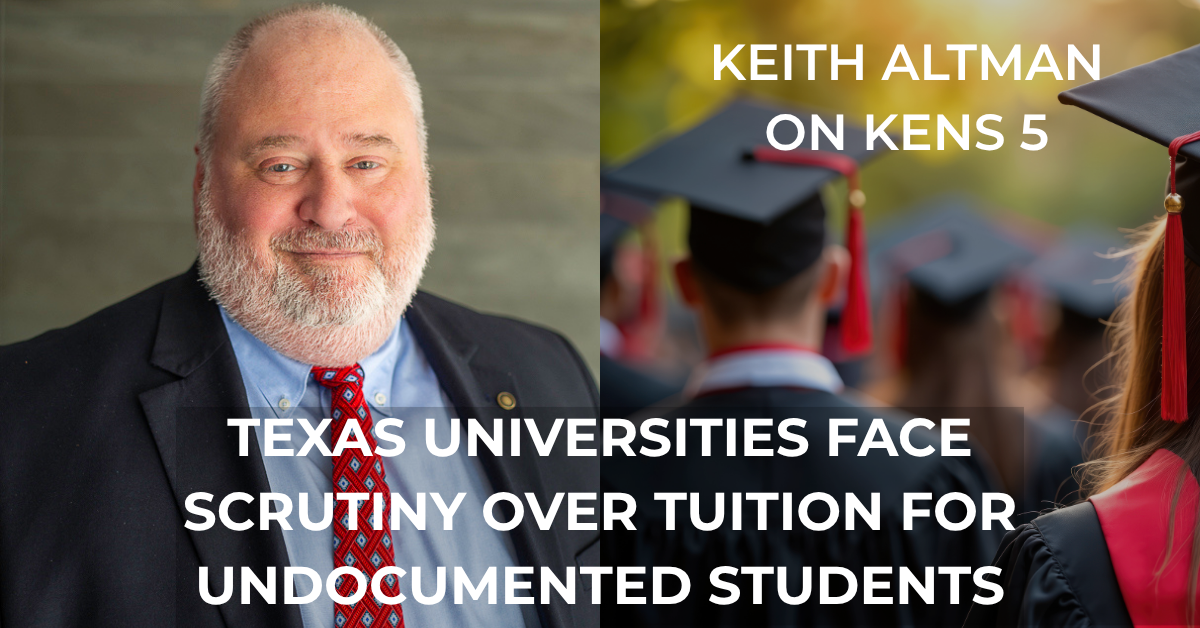When students with disabilities transition from high school to college, they don’t just face new roommates and tougher classes—they enter a completely different legal and educational landscape. While K–12 education is highly structured and supportive, higher education places the responsibility squarely on the student’s shoulders. Understanding this shift is critical for students, parents, and educators alike.
The Legal Shift: IDEA to ADA
In high school, students with disabilities are covered under the Individuals with Disabilities Education Act (IDEA). This law guarantees them a Free Appropriate Public Education (FAPE), usually delivered through an Individualized Education Program (IEP). Schools must identify students with disabilities, design personalized plans, and proactively support them.
But when students head to college, IDEA no longer applies.
Instead, Section 504 of the Rehabilitation Act of 1973 and the Americans with Disabilities Act (ADA) take over. These are civil rights laws that focus on equal access rather than special education services. There are no IEPs. There is no legal obligation for professors to modify academic content. And unless a student discloses their disability and requests accommodations, the school may never know they need help.
Did you know? According to the National Center for Education Statistics, 19% of undergraduate students report having a disability. Yet only 35% of those students inform their college’s disability services office. That means a majority are going without accommodations they may be entitled to.
What Rights Do College Students with Disabilities Have?
College students with documented disabilities have the right to:
- Equal access to academic programs, services, and facilities
- Reasonable accommodations, such as extended time on exams, assistive technology, or priority registration
- Auxiliary aids like note-takers, interpreters, or screen readers
- Housing and dining modifications, where needed
- Confidentiality regarding their disability status
- Freedom from discrimination and retaliation
However, accommodations must not fundamentally alter the nature of a course or program. For example, a university is not required to waive a lab requirement for a chemistry major if that lab is considered essential.
The Role of the Disability Services Office
Every college has a Disability Services Office (DSO)—sometimes called Accessibility Services, Disability Resource Center, or a similar name. This office is the gateway to accommodations in higher education.
Here’s what the DSO does:
- Reviews documentation from medical or mental health providers
- Determines reasonable accommodations based on the student’s needs and course demands
- Coordinates with instructors to implement accommodations
- Provides support in navigating challenges and conflicts
- Maintains confidential records apart from academic files
But here’s the key difference: unlike high school, the DSO does not come to the student. Students must self-identify, initiate contact, and advocate for themselves. This is one of the biggest culture shocks for students accustomed to more hands-on support in K–12 education.
K–12 vs. Higher Ed: A Side-by-Side Snapshot
| Feature | K–12 (IDEA) | Higher Ed (ADA/504) |
| Legal Protection | IDEA, Section 504 | ADA, Section 504 |
| Educational Guarantee | Free Appropriate Public Education (FAPE) | Equal access—not success |
| Support Plan | IEP or 504 Plan | No IEP—must request accommodations |
| School’s Role | Identifies & supports | Student must self-advocate |
| Parent Involvement | Required by law | Student-controlled, FERPA applies |
| Service Coordination | School-initiated | Student-initiated |
Final Thoughts: Preparing for Independence
Transitioning from high school to college is more than just a change of address—it’s a change in legal rights and responsibilities. For students with disabilities, knowing what to expect can make all the difference between merely surviving and truly thriving.
Here are a few tips for students preparing to make the leap:
- Start early: Meet with your high school counselor and request updated documentation.
- Contact the college’s disability office before you arrive: Each school has its own process.
- Own your journey: Practice self-advocacy—ask questions, follow up, and know your rights.
Higher education doesn’t hand out individualized plans—but it does protect your right to access and opportunity. Empower yourself with knowledge, and you’ll be ready to succeed.





